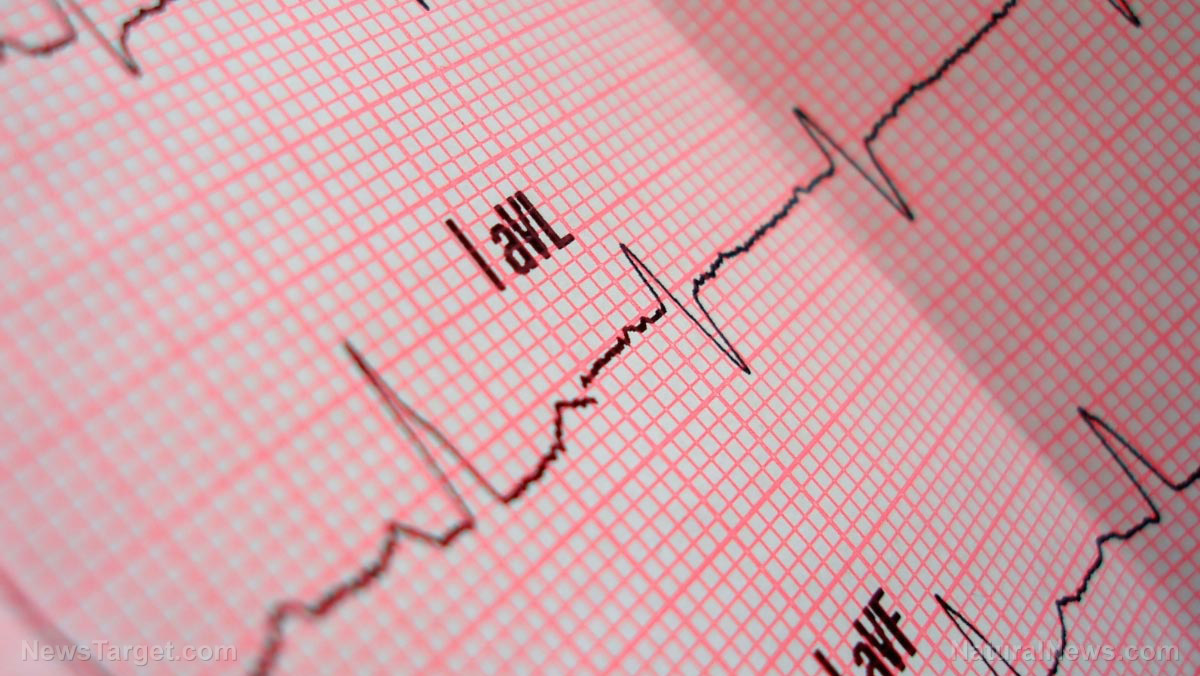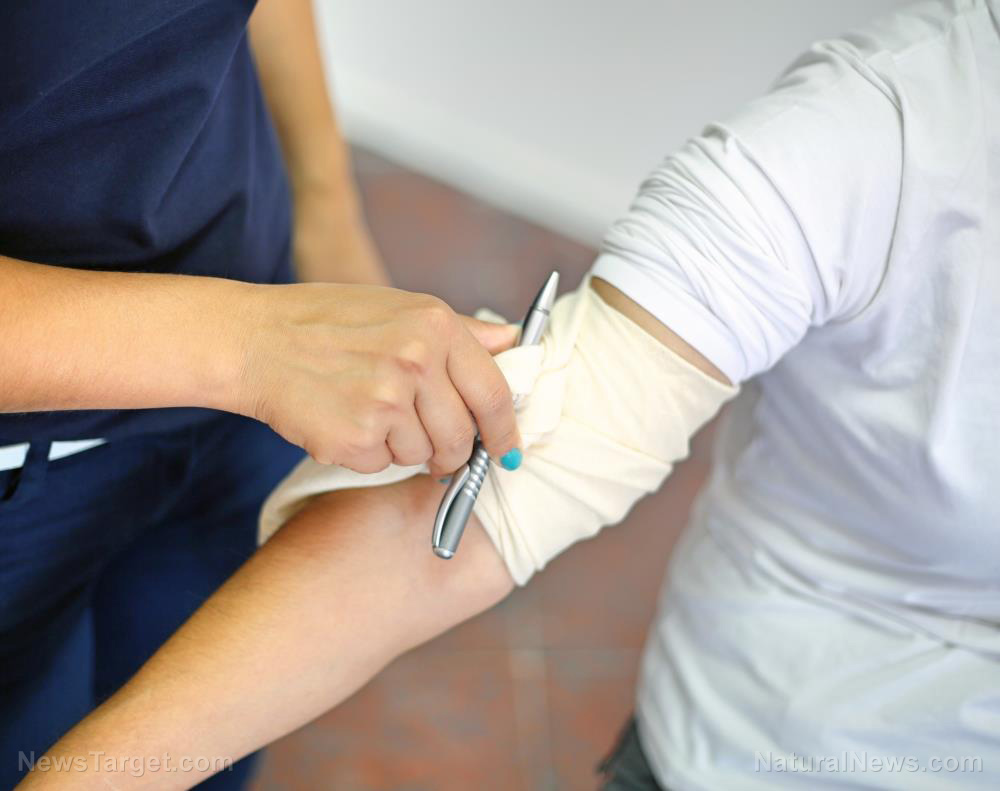
As per standard operating procedures, emergency respondents are not required to perform CPR after 20 minutes if the patients shows no vital signs. After being brought to the hospital, the physicians placed the patient on induced coma to facilitate recovery for the rest of the week. Later on, Mr. Ogburn was advised not to drive for six months and was told to ease back into work. Aside from a sore chest, the patient reported feeling generally fine. Nevertheless, Mr. Ogburn expressed deep gratitude towards the two police officers.
"My energy level hasn't been what it was before, but that might be because my routine changed a bit. The combination of [the chest compression and an internal defibrillator] is a little sore, but if that's all I got to complain about, then I'm doing really well. In certain time frames they're supposed to call it, and they didn't, they continued to try to save me. And I am just so grateful for that and for them," Mr. Ogburn told BBC.com.
"The evidence does tell us that for every minute the heart is stopped and that high-quality cardiopulmonary resuscitation (CPR) is not conducted, there is a 10 percent reduction in survival. This case in North Carolina highlights the value of CPR in extending that window of survivability. Immediate CPR can double or treble chances of survival from cardiac arrest. Most US employees are not prepared to handle cardiac emergencies, and that needs to change," said outside expert Dr. Michael Kurz. The physician currently serves as an associate professor at the University of Alabama at Birmingham School of Medicine and an American Heart Association volunteer.
Fast facts on cardiac arrests
Mr. Ogburn's ordeal was only one of the many cases of out-of-hospital cardiac arrests (OHCA) across the U.S. In fact, more than 350,000 out-of-hospital cardiac arrests occur in the country annually. Only 46 percent of OHCA patients receive any form of medical assistance before professional paramedics arrive, while 90 percent of patients die of the condition.
Data from the Centers for Disease Control and Prevention (CDC) also revealed that about 357,000 people in the U.S. experienced OHCA in 2015 alone. On the other hand, about 209,000 U.S. patients get treated for in-hospital cardiac arrest (IHCA) annually. According to the report, about 70 to 90 percent of OHCA patients die before reaching the hospital. In addition, the report showed that cardiac arrest survivors were at an increased risk of injury to the brain and nervous system and other physical ailments. Moreover, almost 50 percent of OHCA patients exhibit psychological distress such as depression, anxiety, and post traumatic stress disorder.
Still according to the report, the estimated societal cost of deaths related to cardiac arrest was two million years of life lost for men and 1.3 million years for women. The estimates were higher than all individual cancers and other life-threatening disorders. (Related: Study finds about half of cardiac arrest patients showed these telltale signs before their attack.)
Sources include:
Please contact us for more information.























